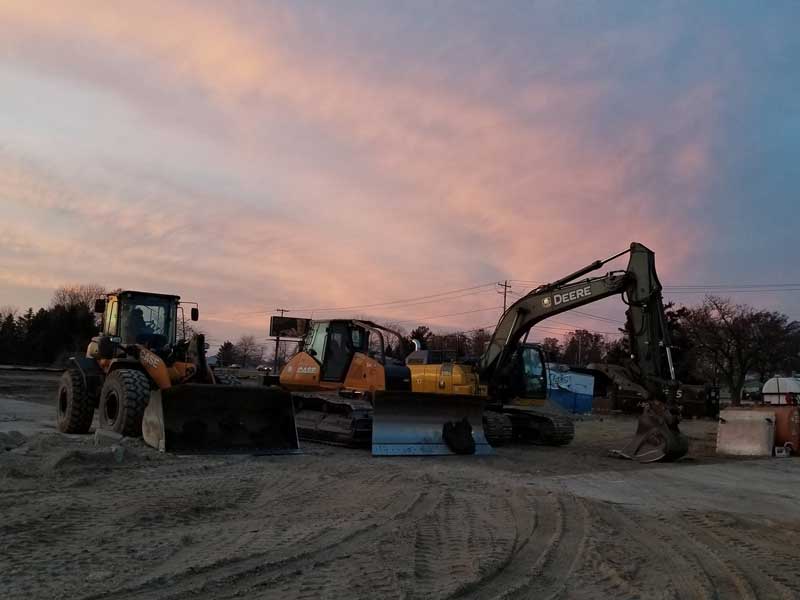Earthwork projects, though essential for infrastructure development and construction, can have a significant impact on the environment. The excavation, grading, and filling involved in these projects can disturb ecosystems, alter landscapes, and contribute to pollution.
Let’s explore the environmental impact of earthwork projects and discuss strategies for minimizing their adverse effects.
Understanding the Environmental Impact
Before delving into mitigation strategies, it’s important to understand the environmental impact of earthwork projects:
1. Habitat Disruption
Excavation and land clearing can disrupt natural habitats, affecting local wildlife and plant species. This disruption may lead to habitat loss, fragmentation, and displacement of species.
2. Soil Erosion
Earthwork activities can expose soil to erosion. Soil erosion can result in sedimentation of nearby water bodies, negatively impacting water quality and aquatic ecosystems.
3. Air Pollution
Heavy machinery used in earthwork projects often emit pollutants, such as particulate matter and greenhouse gases. These emissions can contribute to air pollution and climate change.
4. Water Pollution
The release of construction-related chemicals, fuel spills, and improper disposal of construction waste can lead to water pollution. Contaminated runoff can harm aquatic life and pollute water sources.
5. Landscape Alteration
The alteration of landscapes through grading and filling can lead to changes in local topography, affecting natural drainage patterns and increasing the risk of flooding.
Strategies for Minimizing Earthwork’s Environmental Impact
To mitigate the environmental impact of earthwork projects, it’s crucial to adopt environmentally responsible practices. Here are some strategies used by Grounds One:
1. Site Assessment and Planning
Conduct a thorough environmental site assessment before beginning any earthwork. Identify sensitive areas, such as wetlands or wildlife habitats, and plan work accordingly to avoid or minimize disruption.
2. Erosion and Sediment Control
Implement erosion control measures, including silt fences, sediment basins, and vegetative cover, to prevent soil erosion and control sediment runoff into water bodies.
3. Sustainable Construction Practices
Embrace sustainable construction techniques, such as minimizing excavation and grading, to reduce the overall environmental impact of the project.
4. Proper Waste Management
Dispose of construction waste and hazardous materials in accordance with local regulations. Implement recycling and waste reduction practices to minimize the environmental footprint.

5. Fuel and Emission Reduction
Use energy-efficient equipment and machinery to reduce fuel consumption and emissions. Regular maintenance and equipment upgrades can further minimize environmental impact.
6. Vegetation Restoration
After project completion, engage in vegetation restoration efforts. Replant native vegetation in disturbed areas to restore habitat and prevent soil erosion.
7. Community Engagement
Engage with local communities and stakeholders to foster transparency and gather input on environmental concerns. Building partnerships can lead to more environmentally responsible projects.
Earthwork projects play a crucial role in modern infrastructure and construction, but they must be carried out with a keen awareness of their environmental impact. By understanding the potential consequences of earthwork and implementing strategies to minimize those impacts, we can strike a balance between development and environmental conservation.
Minimizing the environmental impact of earthwork projects is not only responsible but also essential for a sustainable future. As the construction industry continues to evolve, adopting environmentally friendly practices will become increasingly important, making sure that our projects leave a positive legacy for generations to come.
